Pro Tips for Spring Cleaning Your Fridge & Properly Storing Fresh Produce
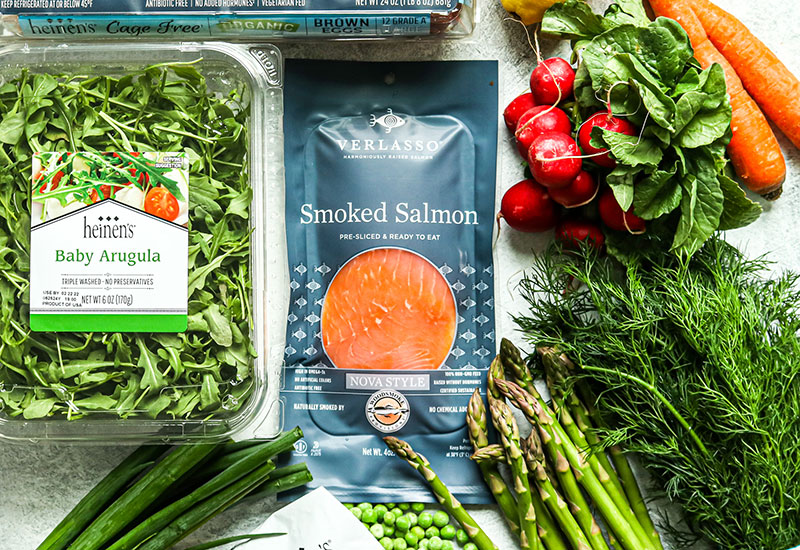
This post was written by Heinen’s partner, Halle Snavely.
Spring is a time for cleaning out and freshening up. After a long winter, we’re ready to rejuvenate our bodies and homes with fresh spring air, nourishing foods and a clean, organized refrigerator. Yes, that’s what I said, a clean refrigerator. While spring cleaning is a major theme of the season, our refrigerator might not be at the top of our list. But it should be!
Many of us have a bad habit of leaving foods in the fridge for too long or simply not storing them properly. Hence, we end up with moldy, slimy and lifeless produce, which inevitably leaks onto the shelves and drawers, leaving our fridge in less than stellar condition. If you store produce properly, it not only allows the produce to last longer, but it also keeps your fridge cleaner in the long run (though you should still clean it regularly).
Below are a few tips for cleaning out your fridge and properly storing produce.
The Best Way to Clean out Your Fridge
1. First, Take Everything Out
Literally everything. This makes it easier to see what you have and what you need to toss or replace. Get rid of anything that is expired, moldy or has just been in there too long and isn’t getting used. Taking everything out also gives you a chance to thoroughly clean your fridge without having anything in there, so you don’t risk contaminating your food with any cleaning sprays. On that note…
2. Avoid Harsh Chemical Sprays
Sometimes soap and water is your best bet, and this is one of those times. If you really want to go all out, many refrigerators have removable shelving and drawers, which makes it far easier to clean and rinse without leaving soapy residue on your fresh veggies! It also allows you to clean those back corners that are hard to reach. Just make sure to dry all shelves and drawers thoroughly before putting them back in.
3. Get Organized
Once all the shelving and drawers are clean and back in place, it’s time to organize again. Group things together by category.
- Condiments in the door or on the top shelf
- Milk, juice, creamers, eggs on the main shelves
- Veggies in the crisper
- Citrus and smaller items like ginger, peppers, beets, etc. in a drawer
- Larger greens and stalk veggies like lettuce, cabbage, broccoli, fennel, brussels sprouts, celery, etc. in another drawer
4. Buy Additional Storage Bins
If you have extra space in the fridge, you can also benefit from buying small plastic bins to organize smaller items like citrus, jams and jellies, yogurt or canned beverages. Additional drawer dividers help keep items separated and prevent them from rolling around. Lastly, don’t be afraid to adjust your shelves. You can really optimize your space by placing shelves in a way that work better for your lifestyle and food buying habits.
Now that your fridge is organized, it’s time to talk about proper vegetable storage. While this is a topic that has confused people for eons, there are a few tricks that will help extend the life of your fresh vegetables.
How to Properly Store Vegetables
1. Use Plastic Bags
Many vegetables benefit from being stored in bags. Using a bag keeps them fresh and prevents them from becoming soft and shriveled as they lose water through evaporation. Lettuce is particularly sensitive and should be kept in a bag. Make sure to get these veggies into the fridge as soon as you get home so they don’t wilt.
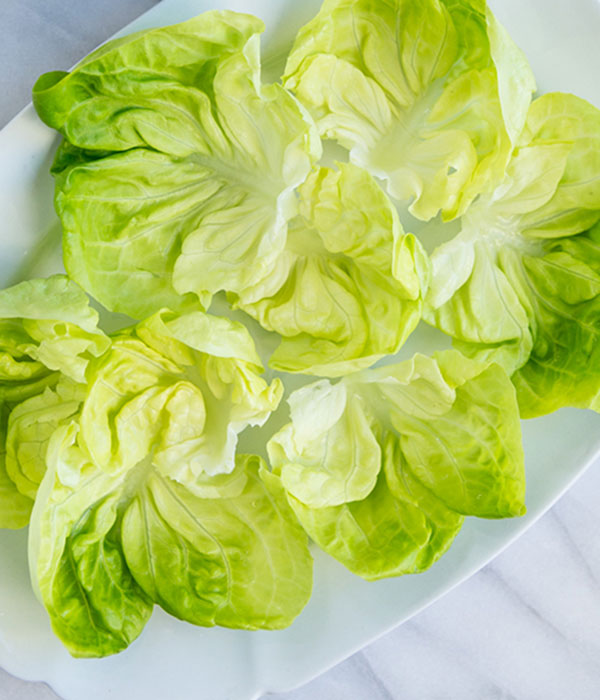
2. Separate the Tops from Root Vegetables
Remove the tops from carrots, beets, radishes, etc. The greens take up water that the roots need to stay fresh. Or better yet, eat the greens! Make carrot top pesto or sauté beet and radish greens just like you would spinach. They are delicious!
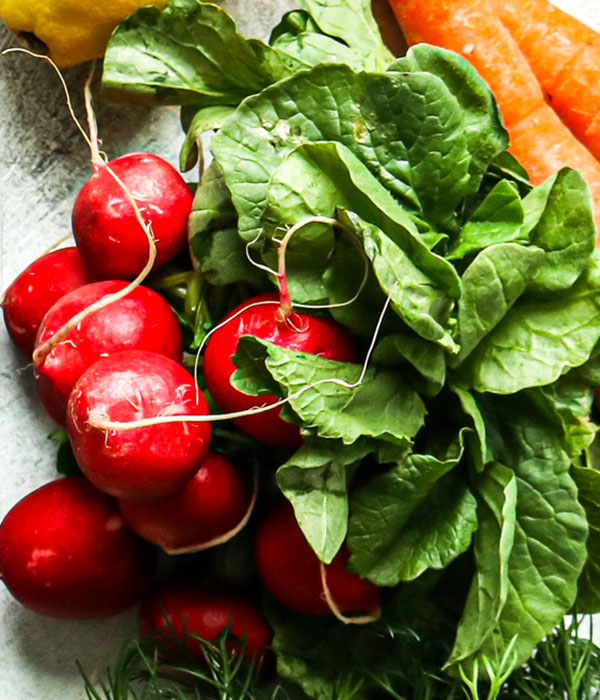
3. Herbs Need Special Handling
Wash herbs immediately when you get home from the store. Then, before you put them in the fridge, wrap them in a paper towel and put them in a bag. You will be shocked at how long they will last! One thing to note is that this method does not apply to basil. More on that below.
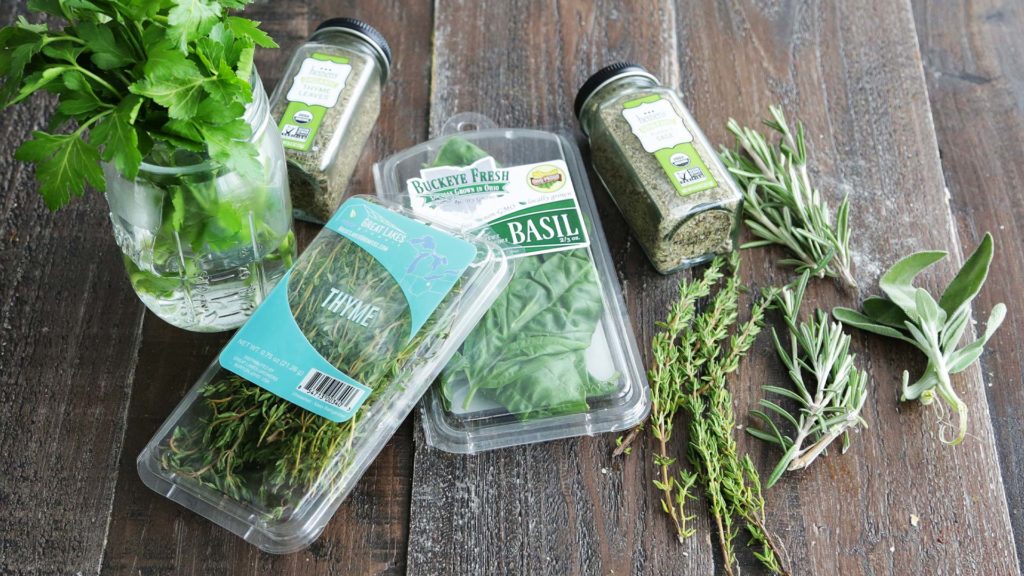
4. Room Temperature is Best for Many Produce Varieties
Some vegetables don’t like the cold and should be stored on the counter or in your pantry.
- Tomatoes need to be in a warmer environment to thrive. If tomatoes are unripe, definitely store them on the counter and once ripe, consume as soon as possible. That said, while certainly not ideal, you can store fully ripe or cut tomatoes in the fridge for a short period of time, but it will diminish the texture and flavor. Just make sure to take them out and let them come to room temperature before consuming.
- Basil is a sensitive herb and tends to brown and wilt faster than other herbs if not treated well. The best way to store fresh basil is to treat it like a flower bouquet. First and foremost, make sure not to wash it before using. Trim the ends off and place it in a glass jar, changing the water every few days to keep it fresh. Make sure not to let the lower leaves touch the water or they will turn slimy. Using this method, your basil should last about two weeks. This method can also be used for packaged basil. But you can also just leave it in the package on the counter. Though the condensation will cause it to brown and turn slimy faster.
- Peaches are pretty similar to tomatoes in terms of their storage needs. Store them on the counter until ripe and ideally eat right away. You can place them in the fridge, but it will dehydrate the peach and cause the texture to change in a less appealing way.
- Onions, potatoes, sweet potatoes and winter squash should all be stored in your pantry or on the countertop, but never in your fridge. They should last for several weeks, or even a month, if they are fresh when you buy them.
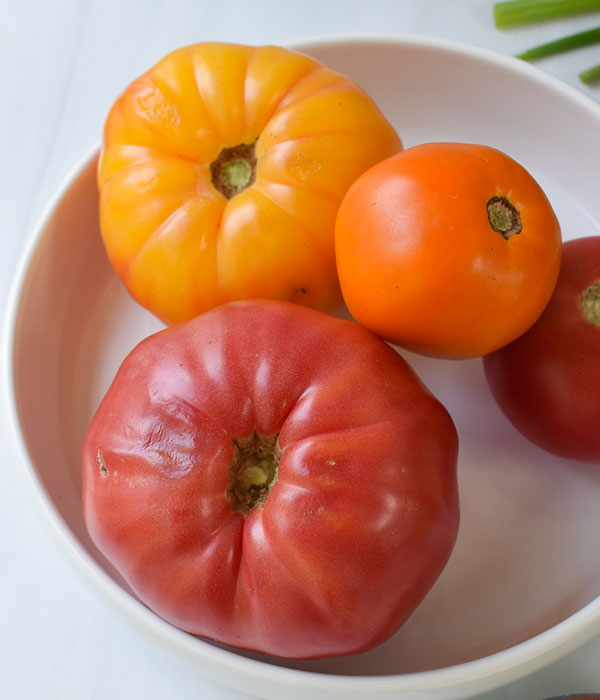
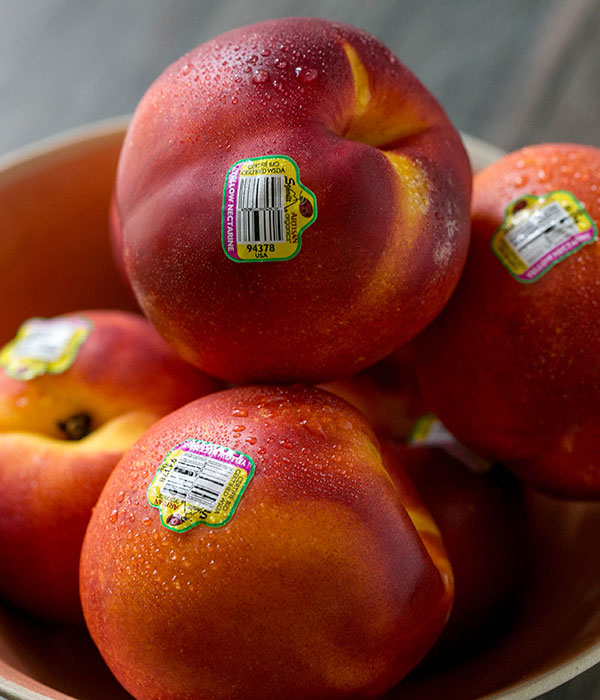
5. Some Varieties Love a Combination of Countertop and Refrigerated Storage
- Apples love the cold and ideally should be stored in the fridge if you want to extend their shelf life. That said, they can be stored on the countertop as long as you plan to eat them within a few days of purchasing.
- Avocados are often not fully ripe when you buy them, so leave them on the counter until just before they are ready to go, then put them in the fridge. Pro tip! If you make guacamole, keep the pit and throw it into the guacamole when you store it to keep it fresh. Then cover it with plastic wrap and make sure to tuck the plastic all the way into the dish so it touches the entire surface of the guac. This will keep it from browning. If you store half an avocado in the fridge, use the same tactic and cover it with plastic wrap so it is touching the flesh and make sure to keep the pit intact. Lastly, if you buy too many avocados and they are on the verge of going bad, you can freeze them. The best way to do this is to remove the peel and pit, brush with lemon or lime and then wrap it in plastic. Frozen avocados are great for smoothies or for mashing up for dips, but they will lose some of their texture so best not to use them in salads or other fresh applications.
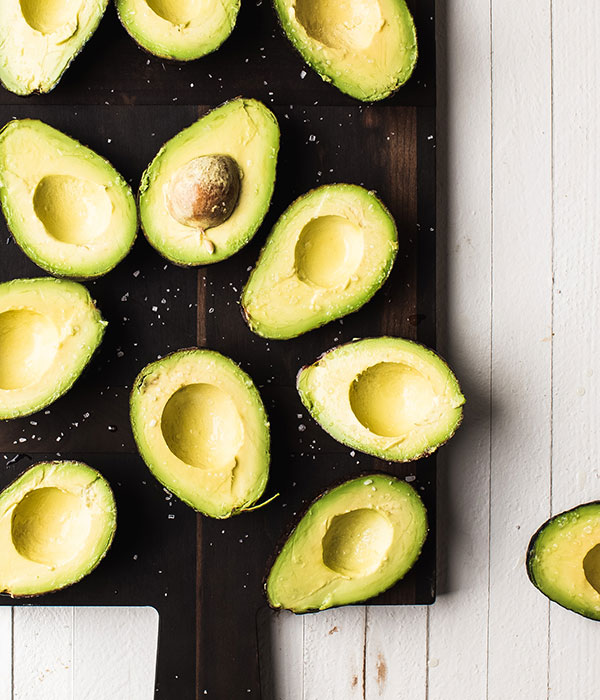
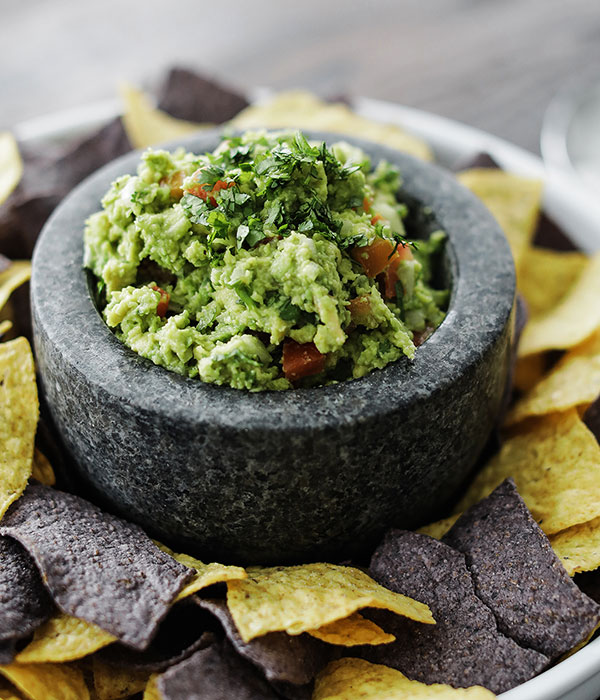
6. Mushrooms are Special
Since mushrooms have high water content, they need to be stored in the fridge. The plastic containers you buy them in at the store work fine because they have holes which allow air in, but you will likely end up with slimy mushrooms sooner than you would like. A better way is to store them in a paper bag. As mushrooms age, they release water, but the paper bag absorbs a lot of this moisture, which will keep them from getting slimy. That said, the absolute best way to store mushrooms is by placing a paper towel inside the paper bag for extra absorption. This will keep your mushrooms fresh for as long as possible.



